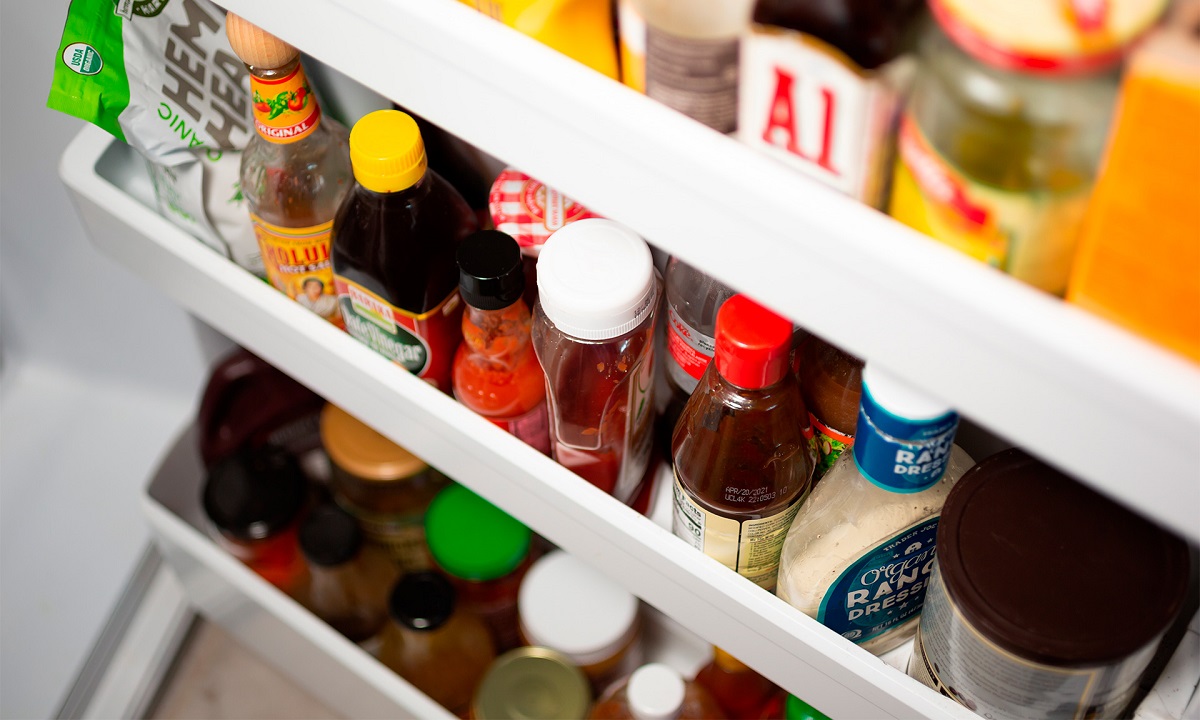

Articles
How To Store Condiments In Fridge
Modified: January 18, 2024
Learn the best methods for storing condiments in the fridge with these helpful articles. Maximize freshness and prolong shelf life for your favorite sauces and dressings.
(Many of the links in this article redirect to a specific reviewed product. Your purchase of these products through affiliate links helps to generate commission for Storables.com, at no extra cost. Learn more)
Introduction
Condiments are an essential part of our meals, adding flavor, variety, and richness to our favorite dishes. From ketchup and mustard to mayonnaise and hot sauce, condiments come in countless varieties and are used in various cuisines around the world. However, when it comes to storing condiments, many people are unsure of the best practices to follow. Improper storage can lead to spoilage, flavor loss, and even foodborne illnesses.
In this article, we will explore the importance of proper condiment storage and provide general guidelines for storing condiments in the fridge. We will also share specific tips for storing different types of condiments, offer advice on storing homemade condiments, discuss how to avoid cross-contamination in the fridge, and provide tips for maximizing the shelf life of condiments. Finally, we will discuss organizing condiments in the fridge to ensure easy access and proper rotation.
By following these guidelines, you can ensure that your condiments stay fresh, flavorful, and safe to consume, elevating your culinary experience to new heights.
Key Takeaways:
- Proper condiment storage is crucial for preserving flavor, preventing bacterial growth, and saving money. Follow specific storage instructions and organize your fridge for easy access and rotation.
- Homemade condiments require special attention, including clean containers, proper labeling, and refrigeration if necessary. Prevent cross-contamination and maximize shelf life by following storage and organization tips.
Read more: How To Store A Fridge
Importance of Proper Condiment Storage
Proper condiment storage is crucial for several reasons. Firstly, it helps preserve the flavor and quality of the condiments. Condiments are made up of various ingredients, including spices, herbs, and sometimes perishable components like dairy or eggs. Storing condiments incorrectly can cause them to spoil, resulting in a loss of flavor and potentially wasting your favorite condiments.
Secondly, proper storage can prevent bacterial growth and foodborne illnesses. Many condiments have a high moisture content and can serve as a breeding ground for bacteria if not stored properly. This can lead to the growth of harmful bacteria such as Salmonella or E. coli, which can cause severe food poisoning. By following the recommended storage guidelines, you can minimize the risk of bacterial contamination.
Thirdly, storing condiments correctly can help you save money. Condiments can be expensive, especially if you opt for high-quality or artisanal varieties. By storing them properly, you can extend their shelf life, reducing the need for frequent replacements and saving you money in the long run.
Lastly, proper condiment storage ensures that you always have your favorite flavors on hand. There’s nothing more frustrating than reaching for your favorite hot sauce or dressing, only to find it has gone bad. By storing your condiments correctly, you can ensure they stay fresh and ready for use, enhancing your meals and culinary creations.
Now that we understand the importance of proper condiment storage, let’s explore some general guidelines to help you store your condiments in the fridge.
General Guidelines for Storing Condiments in the Fridge
When it comes to storing condiments in the fridge, there are a few general guidelines to keep in mind. These guidelines will help you maintain the quality, flavor, and safety of your condiments:
- Check the expiry date: Before storing any condiment in the fridge, check the expiry date. Discard any condiments that have expired as they may pose a health risk.
- Keep condiments sealed: It’s essential to keep the original packaging or container of condiments tightly sealed. This helps prevent air and moisture from entering, which can accelerate spoilage.
- Store in the refrigerator door: Most condiments can be stored in the refrigerator door, as it tends to be slightly warmer than the rest of the fridge. However, make sure to avoid storing perishable or dairy-based condiments in the door, as they require colder temperatures to stay fresh.
- Label and date: To ensure proper rotation and avoid confusion, label your condiments with the date of opening. This will help you keep track of when they were first opened and when they need to be discarded.
- Keep away from direct sunlight: Sunlight can degrade the quality of condiments and affect their flavor. Store them in a cool, dark place away from direct sunlight or heat sources.
- Separate strong-smelling condiments: Strong-smelling condiments like garlic sauce or fish sauce can easily transfer their odors to other condiments. To prevent this, store them in a separate container or seal them tightly in a plastic bag.
- Store homemade condiments properly: If you’ve made your own condiments at home, ensure they are stored in clean, airtight containers. Homemade condiments usually have a shorter shelf life, so use them within the recommended time frame or freeze them for longer storage.
- Follow specific storage instructions: Some condiments, like certain hot sauces or specialty dressings, may have specific storage instructions printed on the label. Be sure to read and follow these instructions for optimal storage conditions.
By following these general guidelines, you can ensure that your condiments stay fresh, flavorful, and safe to consume. However, different types of condiments require specific storage considerations. Let’s explore some tips for storing different types of condiments in the fridge.
Specific Tips for Storing Different Types of Condiments
While the general guidelines for storing condiments in the fridge apply to most varieties, different types of condiments have specific storage requirements. Here are some tips to help you store different types of condiments properly:
- Ketchup: Ketchup is a staple condiment in many households. It contains vinegar, which acts as a natural preservative. Store ketchup in the fridge after opening to maintain its flavor and quality. Keep it tightly sealed to prevent air exposure, which can cause it to spoil.
- Mustard: Mustard can be stored in the pantry or fridge, depending on your preference. However, storing it in the fridge enhances its shelf life and helps retain its flavor. Make sure the container is tightly sealed to prevent moisture from entering.
- Mayonnaise: Mayonnaise is perishable and must always be stored in the fridge to prevent bacterial growth and spoilage. Check the expiration date and discard any mayonnaise that has been left unrefrigerated for an extended period.
- Honey: Honey has a remarkably long shelf life and does not need to be refrigerated. Store honey in a cool, dry place away from direct sunlight. If the honey crystalizes, simply place the jar in warm water to liquefy it again.
- Soy Sauce: Soy sauce can be stored in the pantry or fridge, but refrigeration will help maintain its taste and quality for a longer time. Make sure to close the bottle tightly to prevent it from absorbing other odors in the fridge.
- Pickle Relish: Pickle relish should be stored in the fridge once opened. The cold temperature helps preserve its crunchy texture and tangy flavor. Ensure the lid is tightly sealed to prevent air exposure.
- Hot Sauce: Most hot sauces can be stored in the pantry, but refrigeration can help maintain their quality and flavor. If you live in a hot and humid climate, it’s recommended to store hot sauce in the fridge to prevent spoilage.
- Salad Dressings: Commercial salad dressings usually require refrigeration to preserve their flavor and freshness. Check the label for specific storage instructions, as some creamy dressings may need colder temperatures to prevent spoilage.
These specific tips will help you store different types of condiments appropriately, ensuring their longevity and optimal taste. However, if you prefer creating your own homemade condiments, there are additional considerations to keep in mind.
Storing Homemade Condiments
Homemade condiments are a wonderful way to add a personal touch to your culinary creations. Whether it’s a tangy barbecue sauce, a zesty salsa, or a flavorful chutney, homemade condiments can elevate the taste of your dishes. However, because they lack commercial preservatives, homemade condiments require special attention when it comes to storage to ensure their freshness and safety.
Here are some tips for storing homemade condiments:
- Use clean, sterilized containers: Before storing your homemade condiments, make sure the containers are clean and sterilized. Bacteria can grow rapidly in unclean containers, leading to spoilage. Wash the containers with hot soapy water and rinse them thoroughly, or run them through a dishwasher.
- Airtight storage: Homemade condiments should be stored in airtight containers to prevent air exposure and maintain their quality. Use jars with tight seals or consider using vacuum-sealed containers for extended shelf life.
- Date and label: Label each container with the name of the condiment and the date of preparation. This helps you keep track of the freshness and ensures proper rotation.
- Refrigeration may be necessary: Depending on the ingredients used, some homemade condiments may require refrigeration to maintain their freshness and prevent spoilage. Check the recipe or consult reliable sources for specific storage recommendations.
- Use within a reasonable time: Unlike store-bought condiments that have preservatives, homemade condiments have a shorter shelf life. It’s recommended to use them within a reasonable time frame to ensure their safety and optimal flavor. If you have a large batch, consider freezing them in smaller portions for longer storage.
- Observe signs of spoilage: Before using any homemade condiments, inspect them for any signs of spoilage, such as mold growth, unpleasant odor, or change in color or consistency. If you notice any of these signs, it’s best to discard the condiment to avoid any potential health risks.
By following these guidelines, you can enjoy the fruits of your culinary endeavors with confidence, knowing that your homemade condiments are safe and delicious.
Now let’s explore how to prevent cross-contamination and maximize the shelf life of condiments in the fridge.
Store condiments in the fridge door for easy access, but keep in mind that the temperature fluctuates there. For longer shelf life, store them on the middle shelf where the temperature is more consistent.
Read more: How To Store Champagne In Fridge
Avoiding Cross-Contamination in the Fridge
Properly storing condiments is not just about preserving their freshness and flavor, but also about preventing cross-contamination in the fridge. Cross-contamination occurs when bacteria from one food item transfer to another, potentially causing foodborne illnesses. To avoid cross-contamination, follow these tips:
- Store condiments on designated shelves: Designate specific shelves or areas in your fridge for condiments. This separation helps prevent contact and potential transfer of bacteria between different food items.
- Keep raw meats separate: Raw meats can carry harmful bacteria, so it’s crucial to store them on a separate shelf or in a designated drawer away from condiments or any ready-to-eat foods.
- Use separate utensils: When scooping or spreading condiments, use clean utensils for each type to avoid cross-contamination. If you’re using the same utensil for multiple condiments, wash it thoroughly between uses.
- Seal leaky containers: Ensure that containers with liquid condiments are tightly sealed to prevent leaks. If the container is damaged or leaking, transfer the condiment to a new container to avoid contaminating other items in the fridge.
- Keep condiments away from raw produce: Raw fruits and vegetables can also carry bacteria, so store them separately from condiments to prevent cross-contamination.
- Clean spills promptly: If any condiment spills in the fridge, clean it up immediately to prevent the spread of bacteria. Disinfect the area with a mild soap solution or a food-safe cleaning agent.
- Practice proper storage hierarchy: Store condiments above raw meats or any potentially hazardous foods. This prevents any drips or spills from contaminating the condiments.
- Regularly sanitize fridge shelves and drawers: Clean your fridge regularly to prevent the growth and spread of bacteria. Wipe down shelves and drawers with a mild bleach solution or a food-safe disinfectant.
By following these practices, you can minimize the risk of cross-contamination and promote a safe and hygienic environment in your refrigerator.
Now, let’s explore some tips for maximizing the shelf life of condiments to ensure they stay fresh for as long as possible.
Maximizing Shelf Life of Condiments
Proper storage and handling can significantly extend the shelf life of condiments, ensuring that they stay fresh and flavorful for longer. Here are some tips to maximize the shelf life of your condiments:
- Follow the recommended storage temperature: Different condiments have varying temperature requirements. Follow the label instructions or general guidelines mentioned earlier to store them at the appropriate temperature.
- Keep condiments away from heat: Heat can degrade the quality of condiments and accelerate spoilage. Keep them away from stovetops, ovens, or any sources of direct heat exposure.
- Avoid double-dipping: When using condiments, avoid double-dipping to prevent introducing bacteria into the container. Instead, pour a small amount into a separate dish or use a clean utensil for each serving.
- Do not store near strong odors: Strong-smelling foods or substances can transfer their odors to condiments and affect their flavor. Keep condiments away from items like onions, garlic, or cleaning products.
- Keep moisture out: Moisture can lead to mold or bacterial growth in condiments. Ensure containers are tightly sealed and free from any excess moisture before storing them.
- Use clean utensils: When using condiments, make sure to use clean utensils to avoid introducing contaminants. Dirty or wet utensils can introduce bacteria into the containers and lead to spoilage.
- Keep condiments away from sunlight: Sunlight can degrade the quality of condiments and cause flavor loss. Store them in a cool, dark place to maintain their freshness.
- Regularly check for signs of spoilage: Keep an eye out for any signs of spoilage, such as mold, odd smells, or changes in color or texture. If you notice any of these signs, it’s best to discard the condiment to prevent any potential health risks.
- Don’t cross-contaminate: As mentioned earlier, cross-contamination can lead to spoilage and potentially harmful bacteria. Follow the tips for avoiding cross-contamination to keep your condiments safe and fresh.
By implementing these practices, you can extend the shelf life of your condiments and enjoy them for longer, reducing waste and ensuring their optimal quality.
Now that you know how to store and maximize the shelf life of condiments, let’s explore how to organize them in the fridge for easy access and proper rotation.
Organizing Condiments in the Fridge
Proper organization of condiments in the fridge is not only essential for maintaining a clean and tidy refrigerator but also for easy access and efficient rotation. Here are some tips to help you organize your condiments:
- Designate a specific area: Allocate a dedicated shelf or space in your fridge for condiments. This makes it easier to locate them and prevents them from getting lost among other food items.
- Arrange by category: Group condiments together based on their type or usage. For example, you can have a section for sauces and dressings, another for spreads and jams, and another for pickles and relishes.
- Use bins or organizers: Consider using clear bins or organizers to keep similar condiments together and prevent them from cluttering the fridge. Label the bins to quickly identify what’s inside.
- Utilize fridge door storage: The fridge door is a convenient space for storing condiments that have a longer shelf life or don’t require colder temperatures. Arrange them on the door shelves for easy access.
- Rotate condiments: Practice proper rotation by placing newly purchased or homemade condiments at the back of the fridge and moving older ones to the front. This helps ensure that condiments are used before they expire.
- Keep frequently used condiments handy: Place commonly used condiments within easy reach, either on the door or in the front of the designated shelf. This makes them readily accessible when needed.
- Regularly clean and organize: Take the time to clean and organize your condiments regularly. Remove any expired or unused condiments, wipe down sticky bottles, and rearrange the remaining ones for a neat and organized fridge.
- Consider using lazy Susans or turntables: Lazy Susans or turntables can be helpful for organizing smaller condiments or hard-to-reach items. Simply spin them to access the condiments you need without moving other items in the fridge.
By implementing these organization tips, you can easily locate your condiments, keep track of their freshness, and maintain a well-organized and clutter-free fridge.
With proper storage, maximizing shelf life, and organizing your condiments, you can ensure that your favorite flavors are always within reach and ready to enhance your meals. Now, armed with these tips, you can confidently store and enjoy all your favorite condiments while maintaining their quality and safety.
Remember to regularly check labels and consider specific storage instructions for each condiment to ensure the best results. Happy condiment storing!
Conclusion
Properly storing condiments in the fridge is key to preserving their freshness, flavor, and safety. By following general guidelines for storage, specific tips for different condiments, and taking steps to avoid cross-contamination, you can ensure that your condiments stay in prime condition for as long as possible. Maximizing the shelf life of condiments through proper storage and organization not only helps you save money but also ensures culinary success by having your favorite flavors readily available.
Remember to check the expiration dates on condiments, keep them tightly sealed, and store them in the designated areas of your fridge. Different types of condiments may require specific storage considerations, and homemade condiments should be handled with extra care, utilizing clean containers and following proper hygiene practices.
By preventing cross-contamination and maximizing the shelf life of condiments, you can enjoy these flavorful additions without any worries about spoilage or foodborne illnesses. Organizing your condiments in the fridge helps you locate them easily and maintain order and cleanliness in your refrigerator.
Incorporate these storage practices and organization tips into your routine, and you’ll be able to savor the vibrant tastes and aromas of your condiments with each meal. So go ahead and stock up on your favorite condiments, store them properly, and enhance your culinary endeavors with a touch of flavor and flair!
Remember: fresh, flavorful, and safely stored condiments make a world of difference in your meals, ensuring that every bite is a delicious experience. Happy condiment storing and bon appétit!
Frequently Asked Questions about How To Store Condiments In Fridge
Was this page helpful?
At Storables.com, we guarantee accurate and reliable information. Our content, validated by Expert Board Contributors, is crafted following stringent Editorial Policies. We're committed to providing you with well-researched, expert-backed insights for all your informational needs.

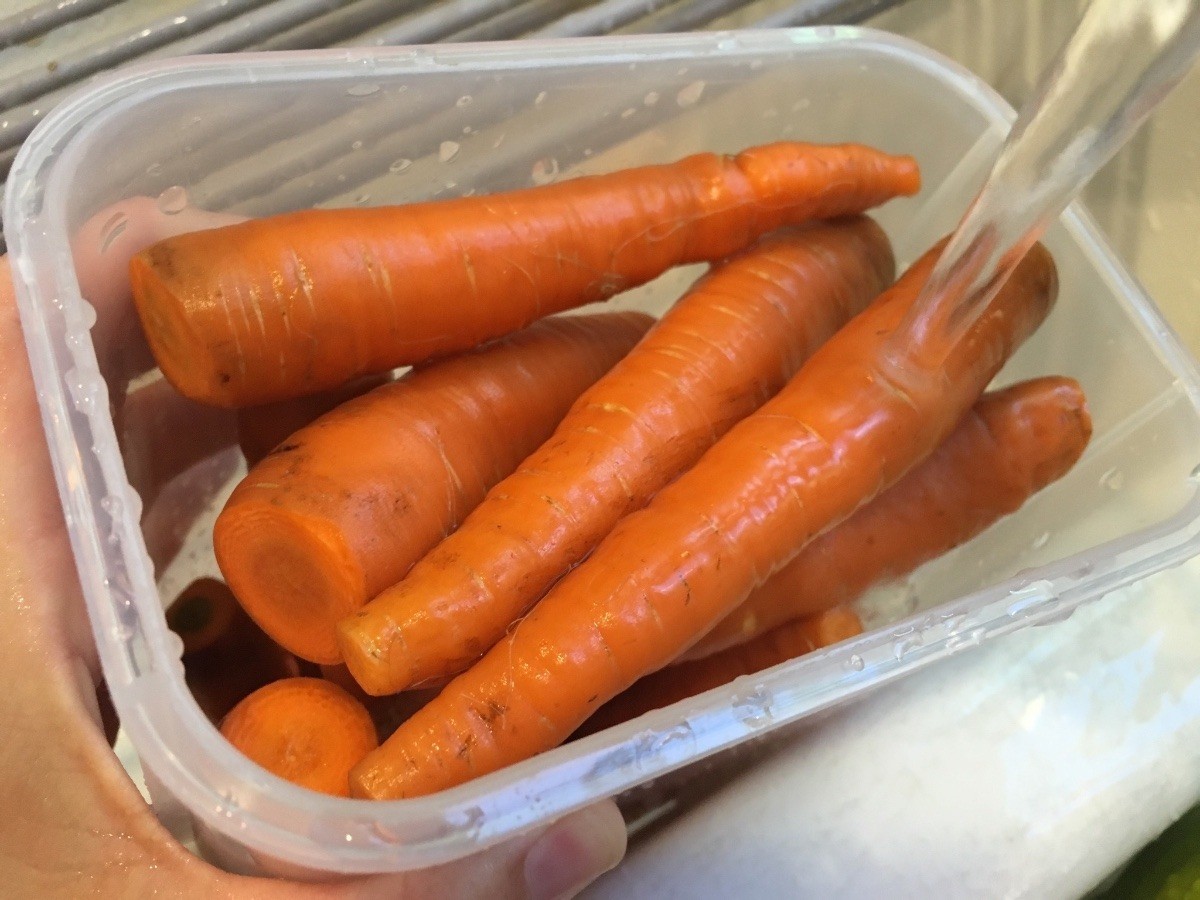
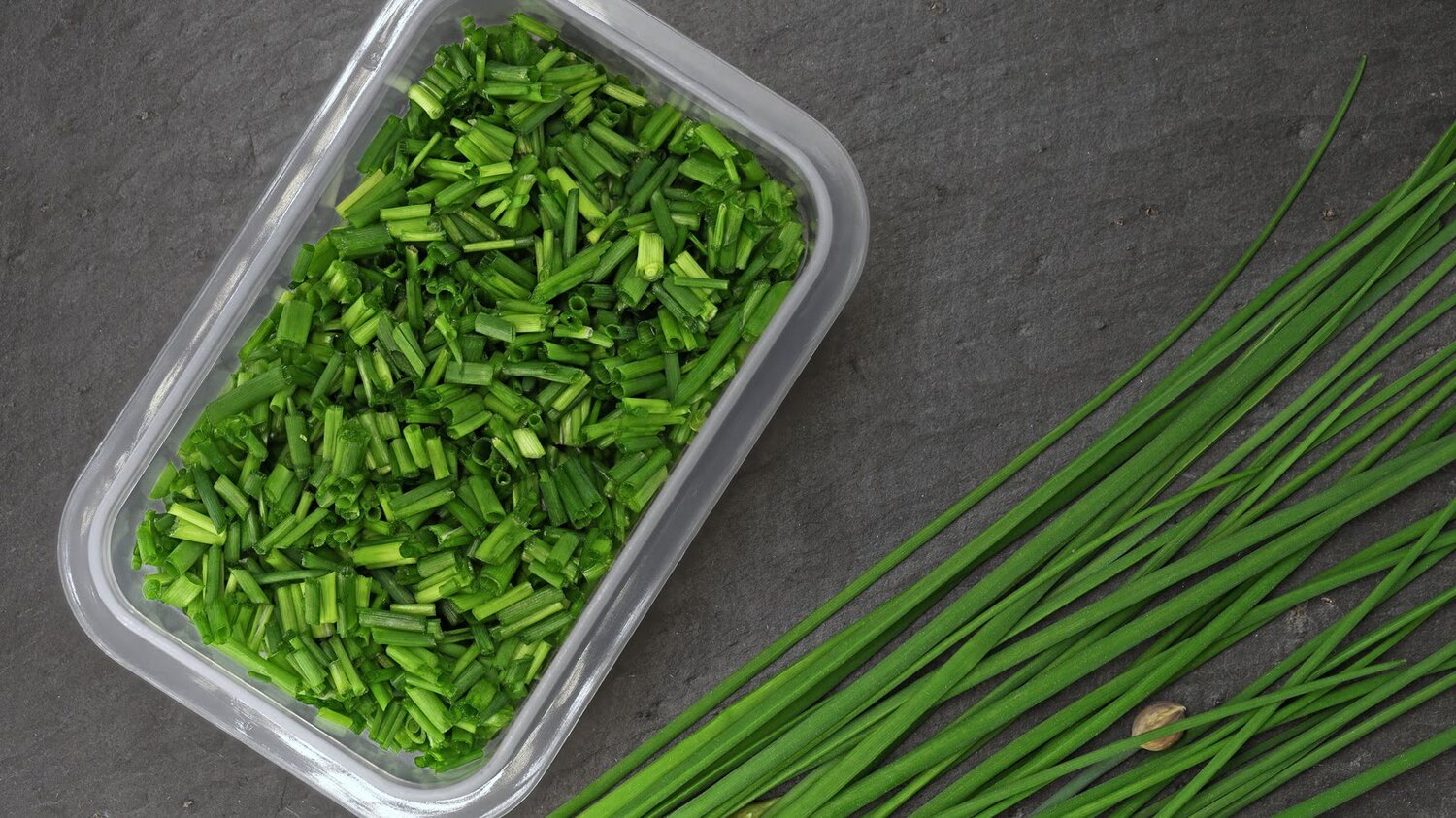
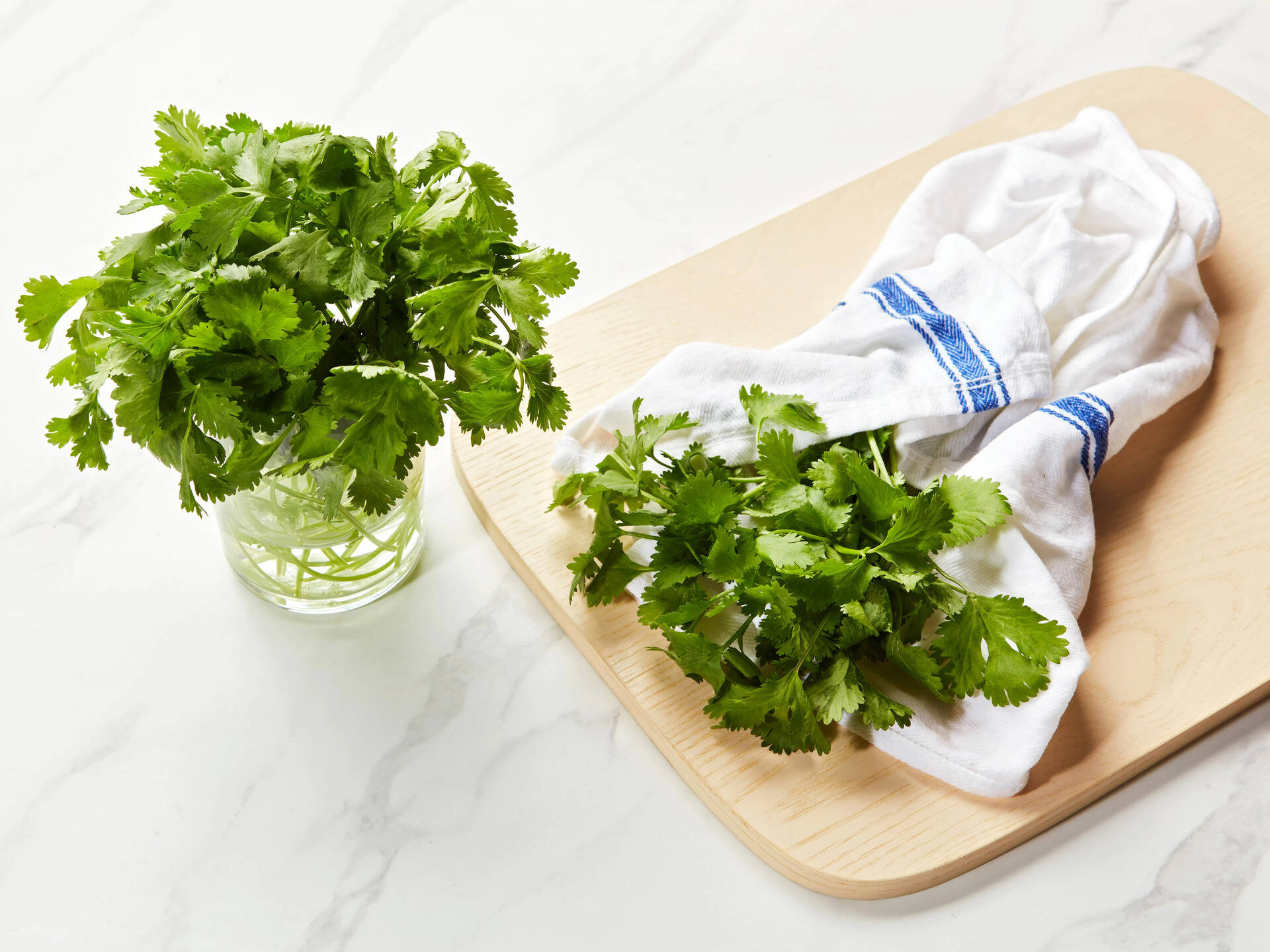
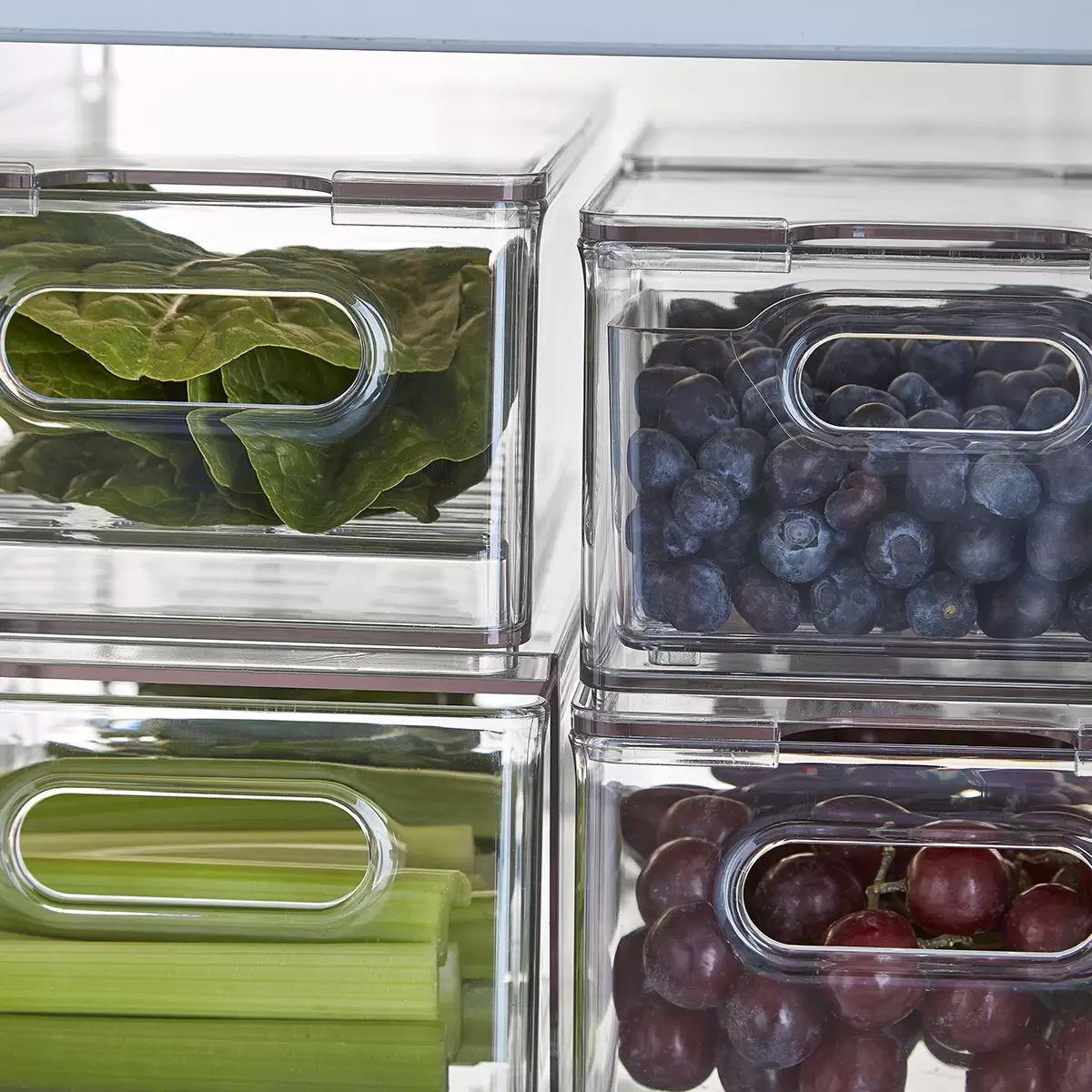
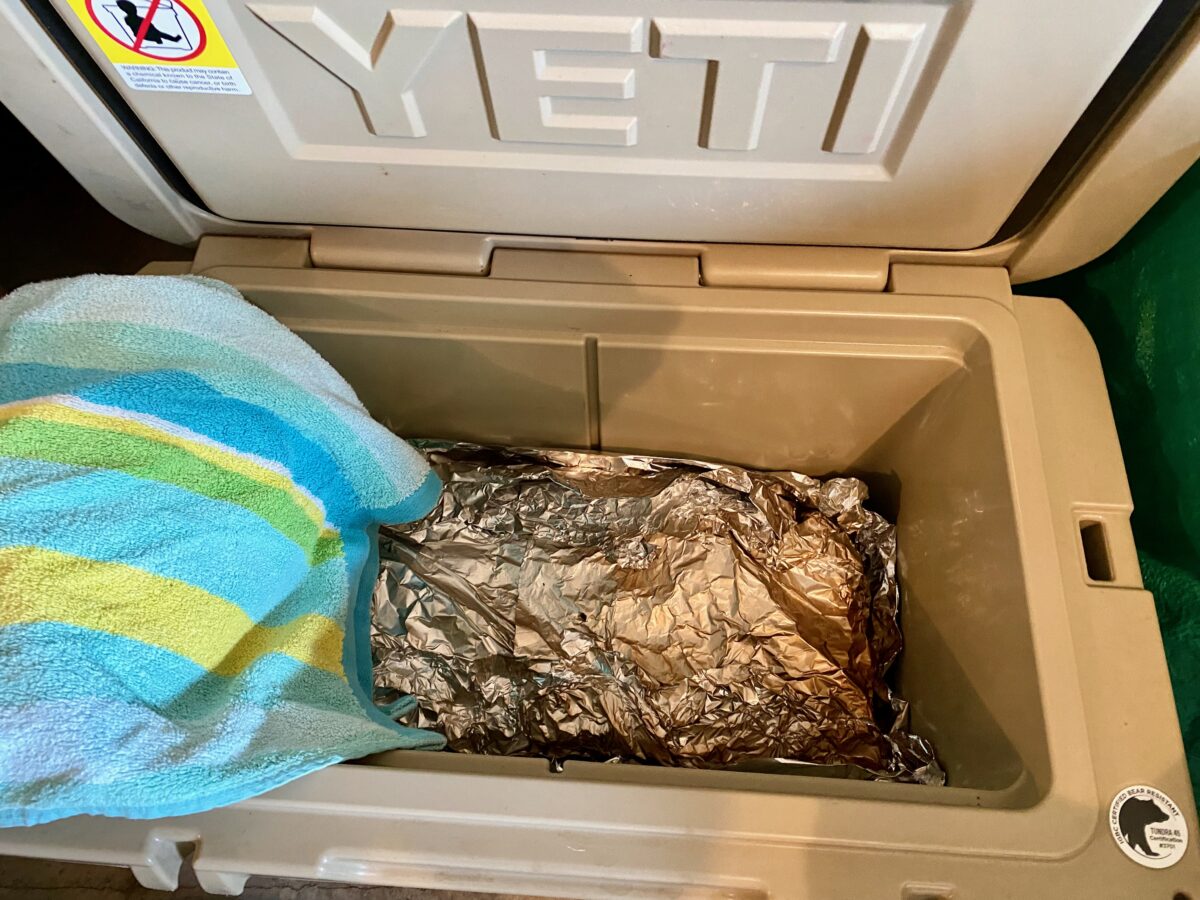
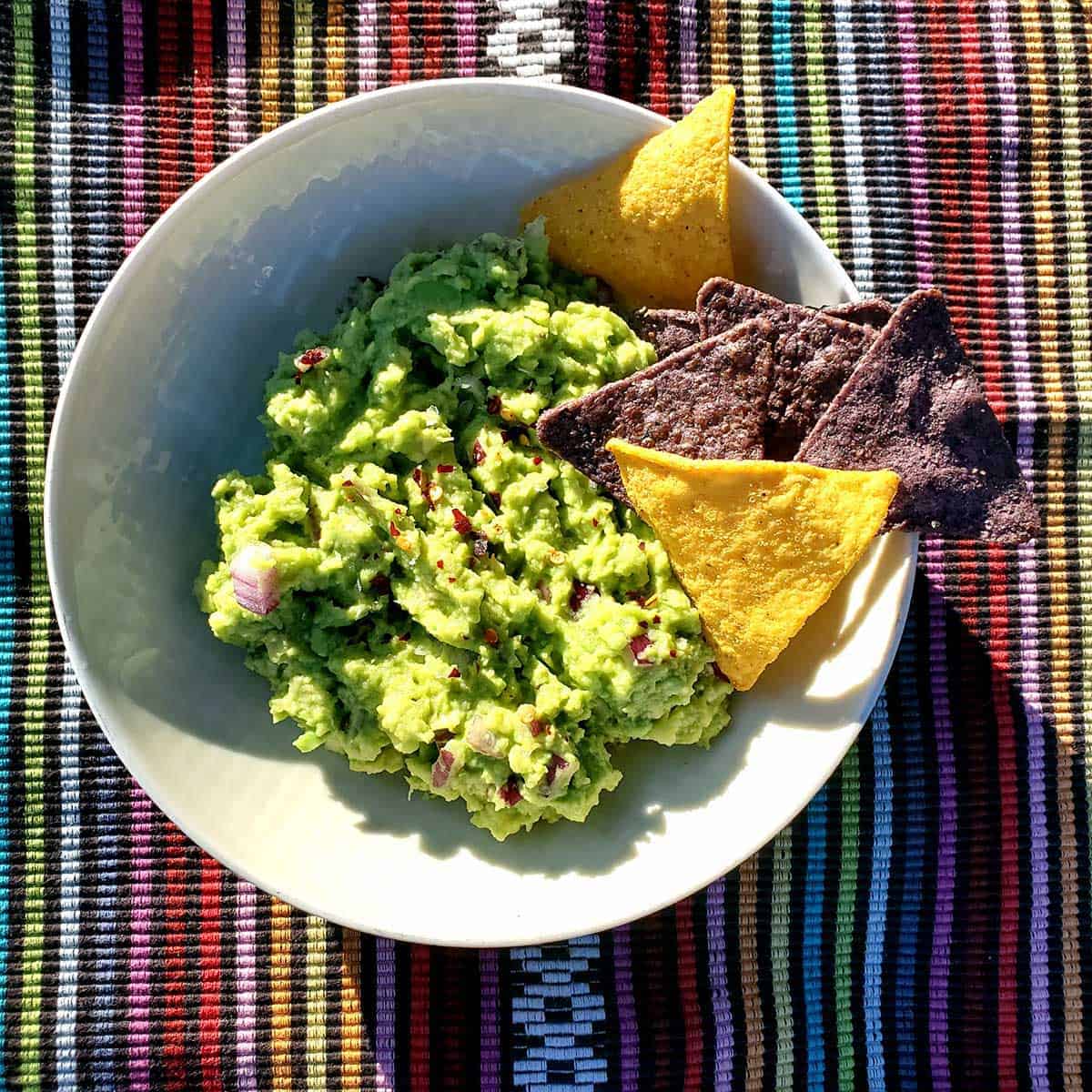
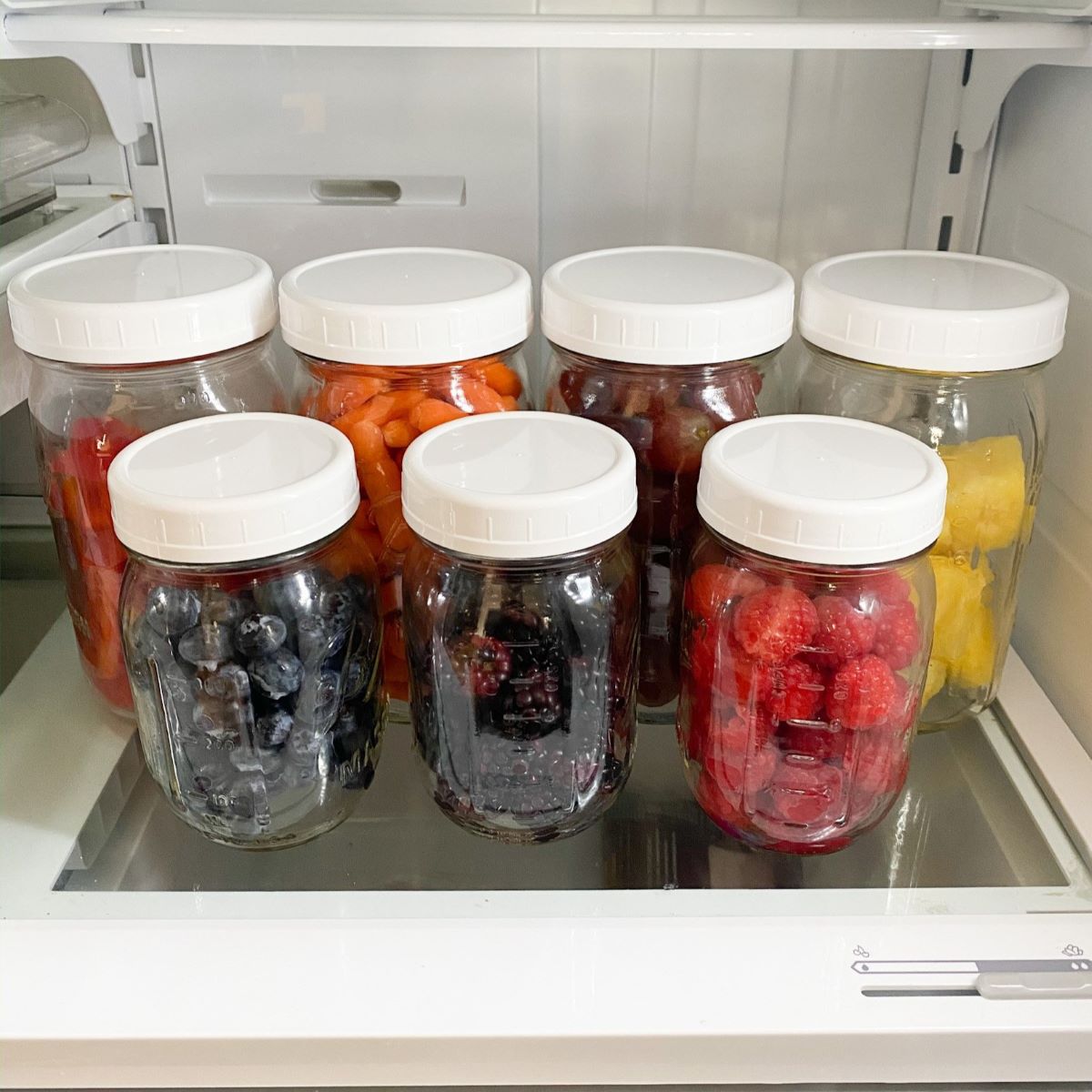
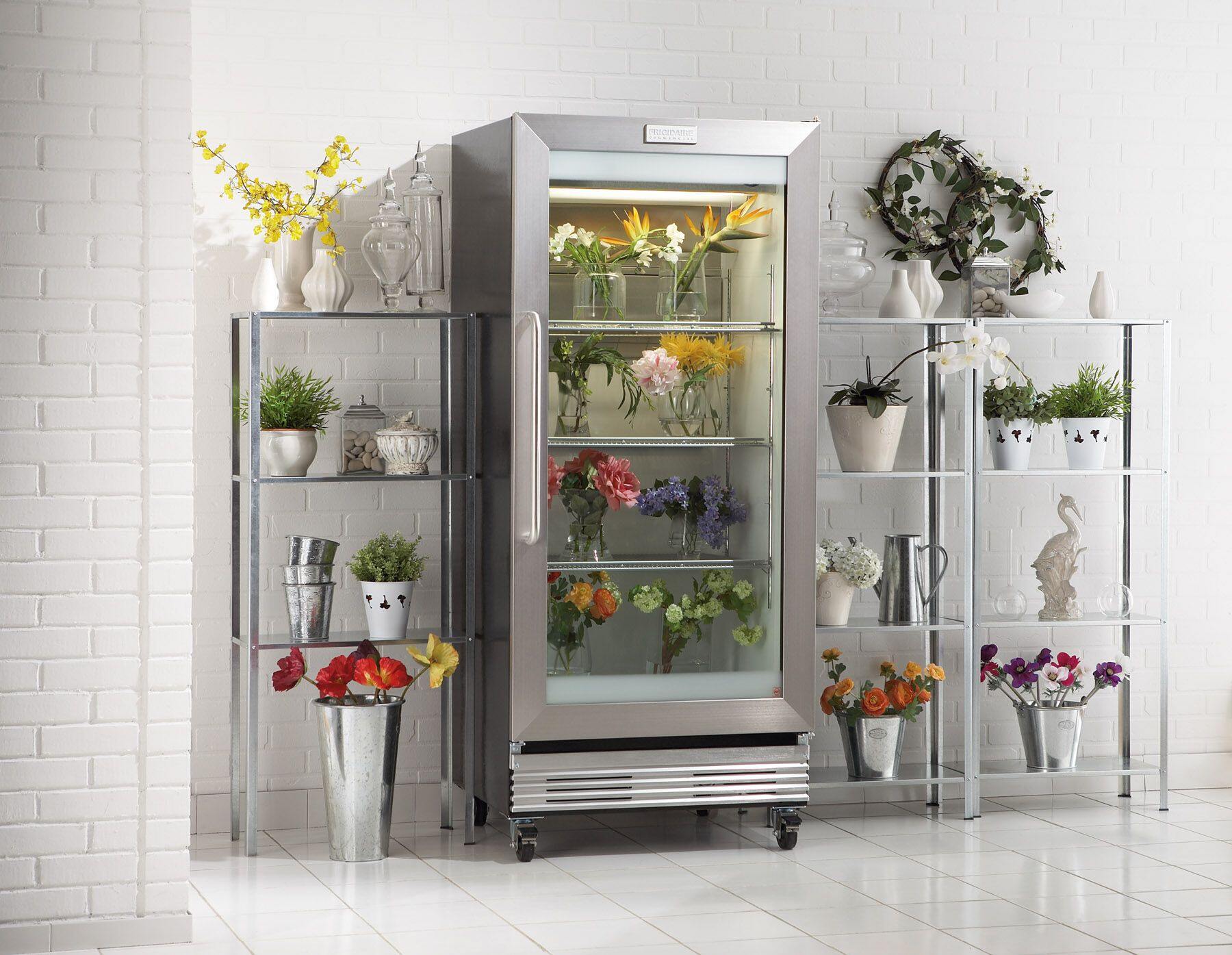
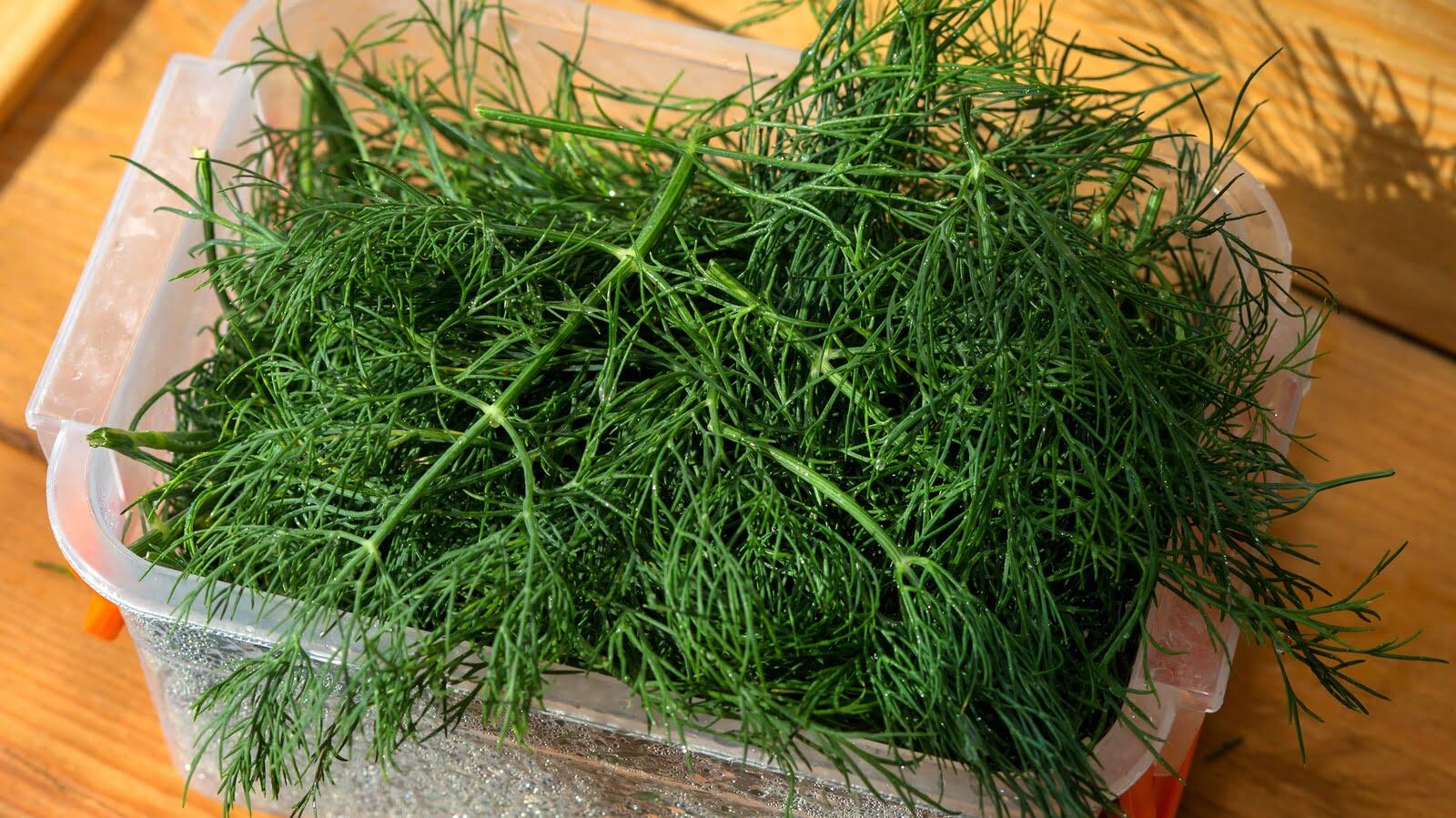
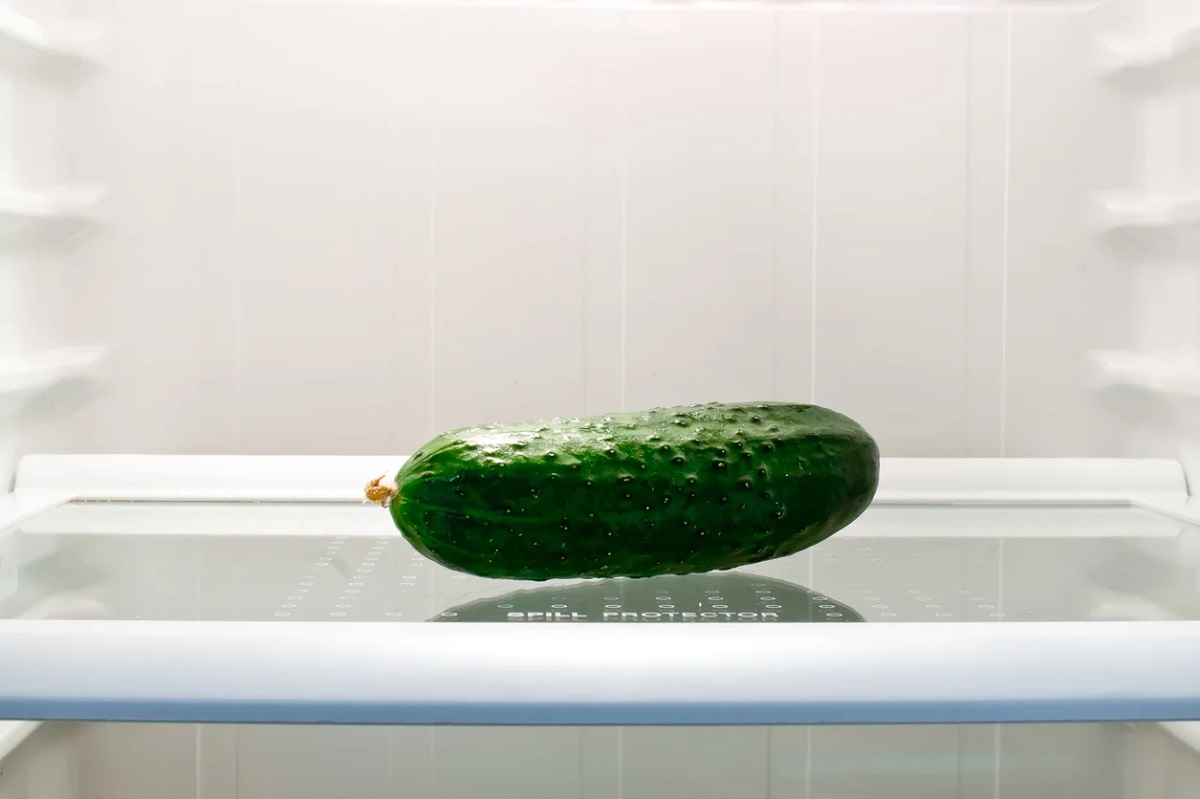
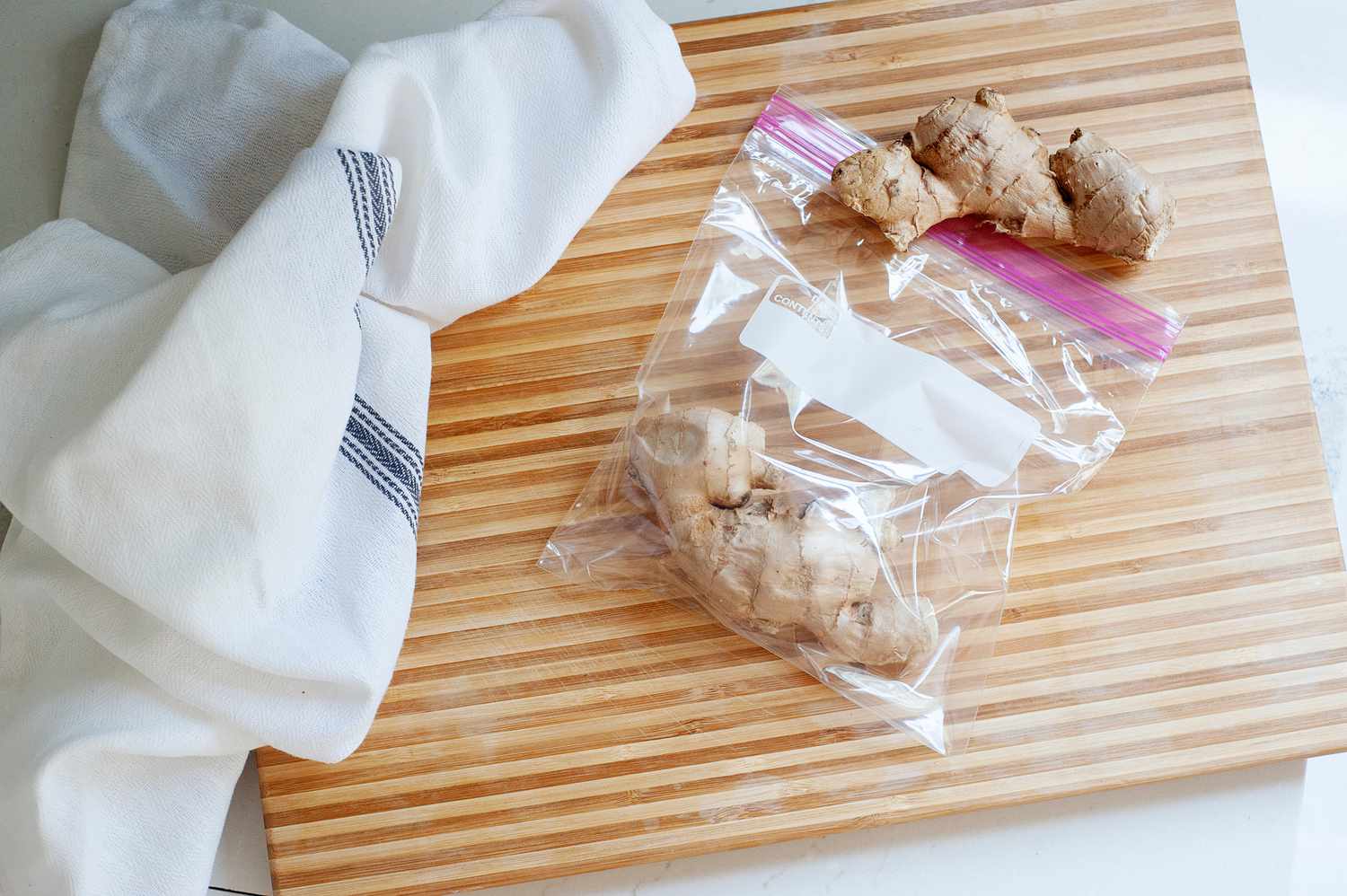
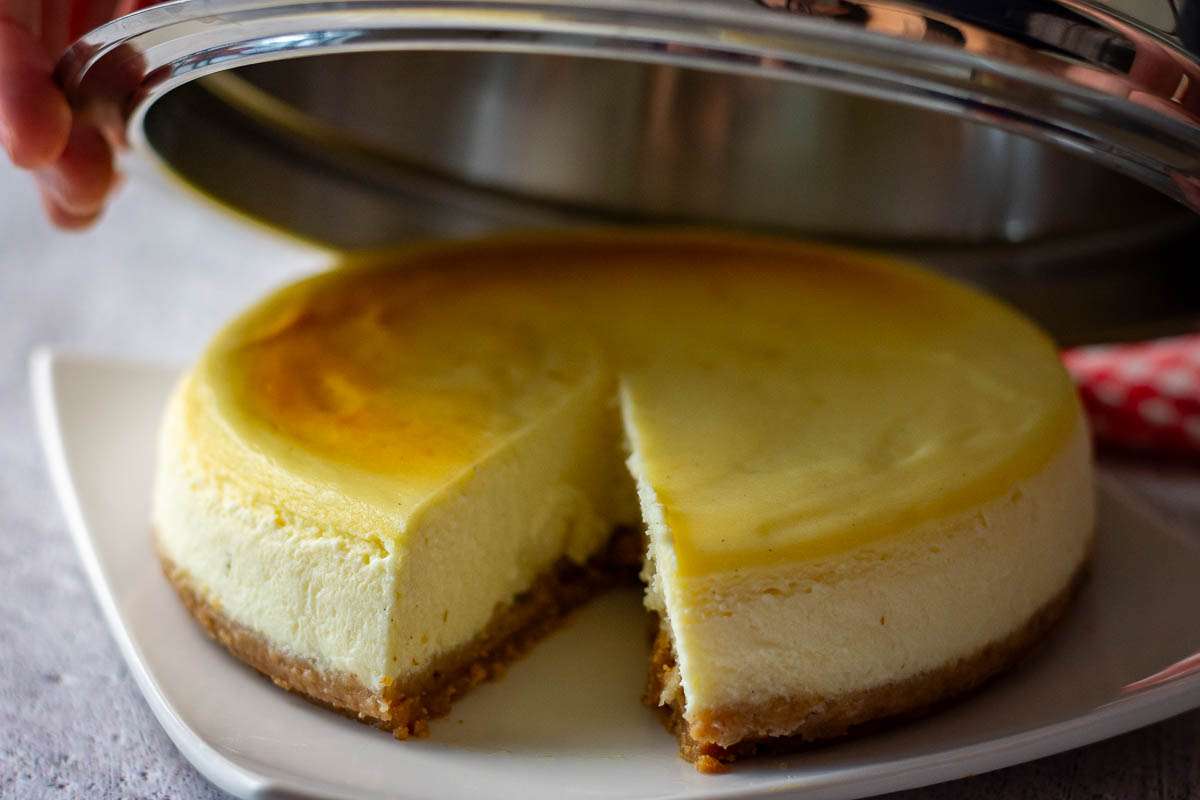
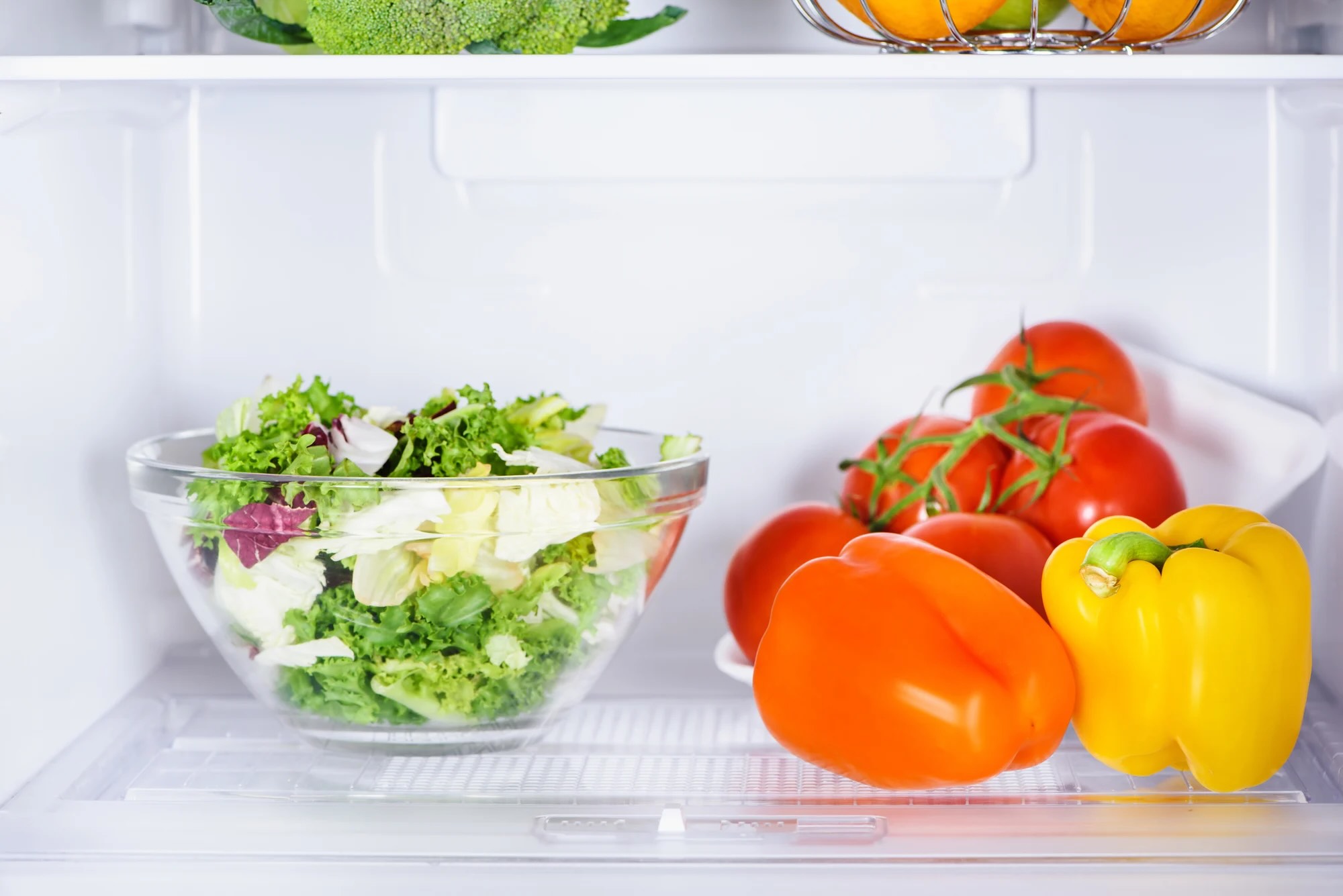

0 thoughts on “How To Store Condiments In Fridge”